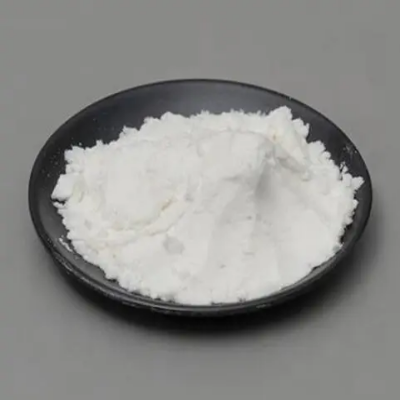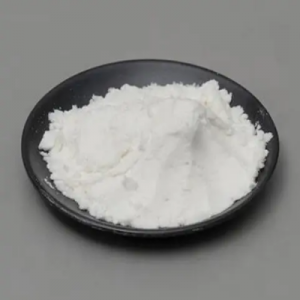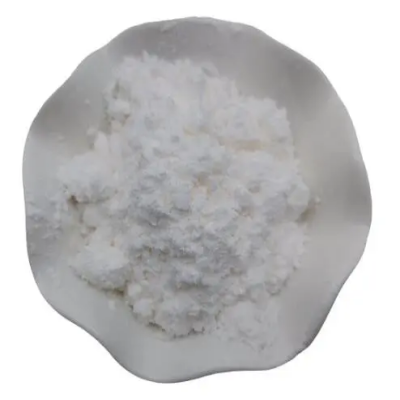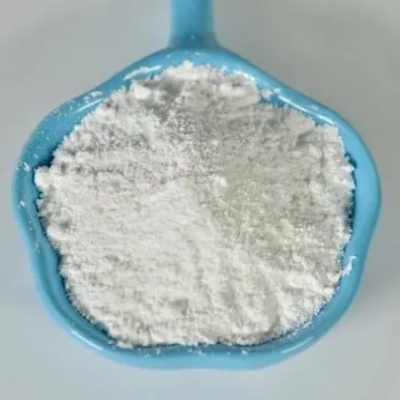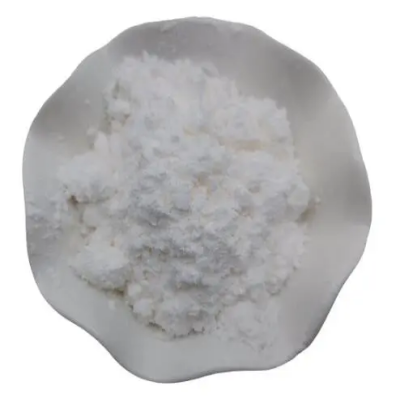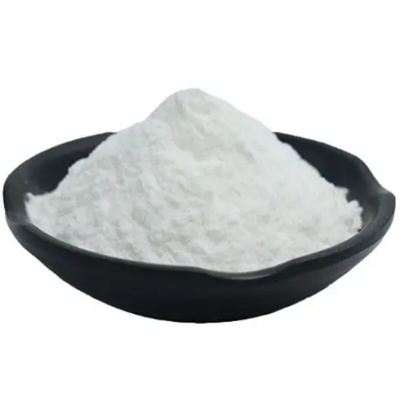2,4,6-TRIFLUOROBENZOYL CHLORIDE CAS:79538-29-7
Trifluorobenzoyl chloride is characterized by several significant structural attributes: Trifluoromethyl Groups: Positioned on the benzoyl ring, trifluoromethyl substituents enhance the compound's reactivity and stability, influencing its interactions in synthetic pathways. Acyl Chloride Group: The acyl chloride functionality at the core of its structure facilitates acylation reactions, making it a valuable intermediate in organic synthesis. Aromatic Stability: The benzene ring's aromatic stability ensures the compound's durability and applicability in diverse chemical environments. Chemical Applications Trifluorobenzoyl chloride finds extensive utility in various chemical contexts: Organic Synthesis: It serves as a versatile acylating agent for introducing the trifluorobenzoyl group into organic molecules, enabling the synthesis of pharmaceutical intermediates and agrochemicals. Polymer Chemistry: Used in the modification of polymers to impart specific chemical properties such as hydrophobicity or enhanced stability under harsh conditions. Industrial Processes: Applied in the production of fine chemicals and specialty materials due to its role in customizing molecular structures with trifluoromethyl functionalities. Industrial Relevance The compound's industrial relevance is underscored by its role in: Pharmaceutical Intermediates: As a precursor in the synthesis of active pharmaceutical ingredients (APIs), contributing to the development of novel therapeutic agents with improved pharmacological profiles. Agrochemicals: Used in the formulation of pesticides and herbicides to enhance efficacy and environmental safety through targeted molecular modifications. Fine Chemicals: Employed in the manufacturing of specialty chemicals for applications ranging from electronics to surface coatings, leveraging its chemical versatility and stability. Future Directions Future research and industrial applications for trifluorobenzoyl chloride include: Catalytic Methods: Development of catalytic processes to enhance efficiency and selectivity in acylation reactions involving trifluorobenzoyl chloride. Green Chemistry Initiatives: Exploration of sustainable synthetic routes and environmentally benign conditions for its production and use. Biomedical Applications: Investigation into its potential in drug delivery systems and biomaterials, capitalizing on its chemical properties for controlled release and biocompatibility. Conclusion In conclusion, trifluorobenzoyl chloride stands as a pivotal compound in organic synthesis and industrial chemistry, owing to its unique chemical structure and versatile applications. Its role in pharmaceuticals, agrochemicals, and specialty chemicals highlights its significance in advancing technology and innovation across diverse sectors. Continued research and development efforts promise to expand its utility, driving further advancements in chemical synthesis and industrial processes globally.



| Composition | C7H2ClF3O |
| Assay | 99% |
| Appearance | white powder |
| CAS No. | 79538-29-7 |
| Packing | Small and bulk |
| Shelf Life | 2 years |
| Storage | Store in cool and dry area |
| Certification | ISO. |


